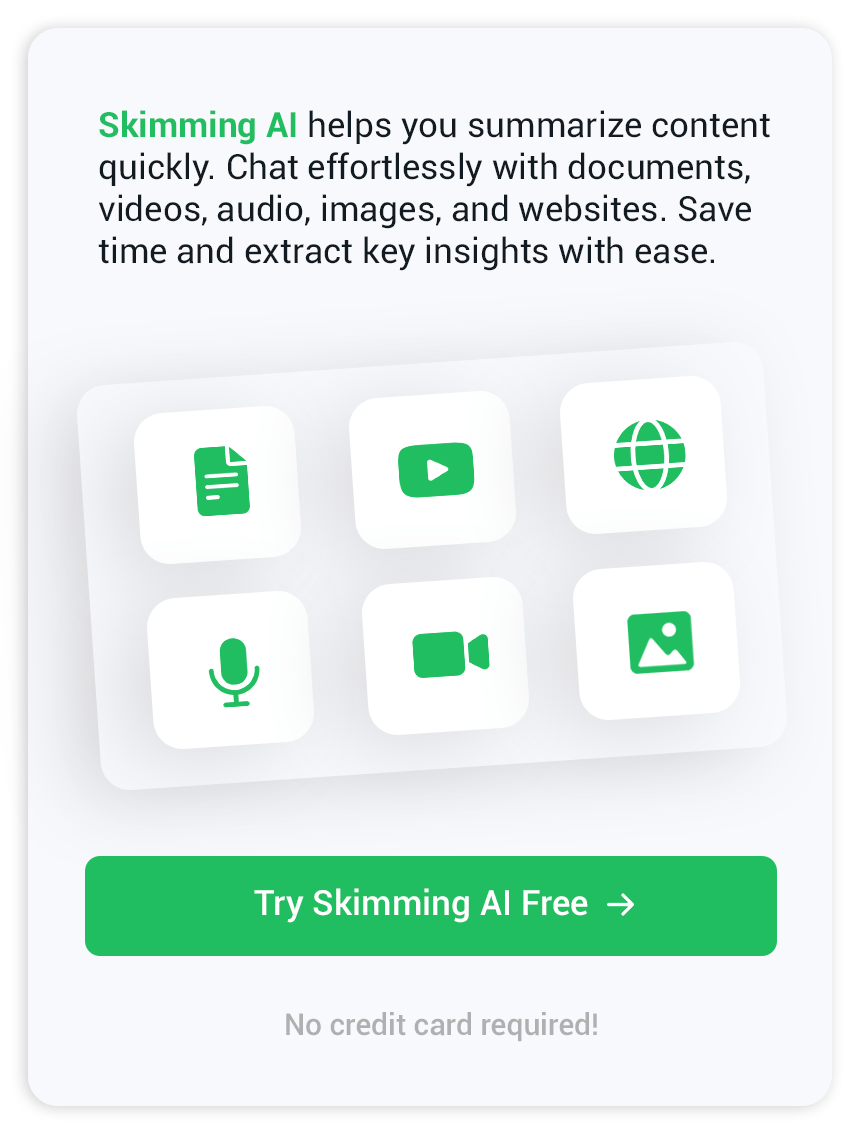AI Video Transcription: How to Turn Spoken Content into Searchable Text
The once-silent archive of online video now speaks fluent text, and that shift is transforming how audiences discover, comprehend, and share visual stories. AI video transcription converts every spoken phrase into readable text in minutes, then anchors it to precise timecodes, allowing viewers, search engines, and accessibility tools to jump straight to the relevant part. Below, you will find a clear look at what makes AI transcription tick, why transcripts matter, the standout tools available, and practical guidance to get crisp text from any recording.
Why Video Transcripts Matter
Accessibility and Compliance
Captions open the door for viewers who are Deaf or hard of hearing and meet requirements such as the FCC’s closed-caption rules and WCAG guidelines. A transcript also helps multilingual audiences follow along when fast speech or strong accents make listening harder.
SEO and Viewer Engagement
Search engines can only index what they can read. Once the spoken words are paired with the video, every keyword, brand mention, or quote becomes searchable, thereby increasing discoverability on platforms and in organic search. People skimming transcripts can jump to the exact timestamp they need, reducing bounce rates and boosting watch time.
Repurposing Content
A single transcript powers highlights for blogs, social posts, email campaigns, and podcast show notes, eliminating the need for rewatching footage. Editors copy, cut, or remix quotes straight from the text, trimming hours from the content pipeline.
Inside AI Video Transcription
Speech Recognition Models
Modern engines rely on transformer networks trained on thousands of hours of multilingual audio. Services built on OpenAI Whisper or proprietary systems first break audio into short chunks, map sound waves to phonemes, and then merge them into words with probabilistic language models. Noise reduction and diarization run in parallel to keep the text clear and identify who’s speaking.
Punctuation and Paragraphs
Beyond raw words, classifiers add commas, periods, and paragraph breaks. That rhythm makes transcripts readable and aligns with subtitle line limits. Many tools allow you to set the line length and character count, ensuring that exported SRT or VTT files fit perfectly on screen.
Language Support and Translation
Top services cover dozens—sometimes more than 100—languages and can translate transcripts on export. This works by running the recognized text through neural machine translation, preserving timestamps while translating the terminology into a new language. Riverside cites support for over 100 languages, while Sonix lists 53+ and continues to grow.
Top AI Video Transcription Tools at a Glance
- Skimming AI – A concise workflow that pulls YouTube links into an instant transcript and summary. The built-in Skimming AI adds a one-click recap for rapid content research.
- Riverside – Browser studio with 4K recording, speaker labels, and claims of 99 percent accuracy across 100+ languages, all included in its pro tiers.
- Restream – A free, no-sign-up converter that covers fifteen languages and delivers text in minutes, making it handy for quick social media repurposing.
- VEED – Video suite that maps a 60-minute file in roughly 30 minutes and touts 99.9 percent accuracy, plus in-browser subtitle styling.
- Sonix – Cloud editor with 30 free minutes, searchable transcript library, and AI chapter generation in 53+ languages.
How to Choose the Right Transcription Workflow
Audio Quality First
Even the most innovative model struggles with heavy crosstalk or traffic noise. Use external mics, record at 48 kHz, and capture speakers on separate tracks when possible.
Privacy and Security
If recordings contain sensitive discussions, look for ISO-27001 certification, local storage options, or on-device processing. Enterprise-ready services outline encryption at rest and in transit.
Editing and Collaboration
Inline editors let you cut filler words, pull quotes, or clip video by deleting text. Shared workspaces enable producers and subject-matter experts to review timestamps without having to manage large files.
Cost Structure
Some tools remain free with generous minute caps, while others bundle transcription within broader suites or charge per hour, factoring in translation, subtitle export, and extra storage into your budget.
Integrations
Check for direct links to Zoom, Google Drive, Adobe Premiere, and content management systems to ensure transcripts flow seamlessly into existing pipelines.
Tips for Achieving Clear AI Transcripts
- Capture voices at consistent volume and keep microphones six to eight inches from each speaker.
- Record in a quiet room, add soft furnishings, or use portable acoustic panels to tame echoes.
- Encourage speakers to pause slightly between sentences to help punctuation engines.
- Rename speaker tracks before upload when possible; diarization then maps correctly.
- Review the draft once, correct any brand names or jargon, and then export it to your preferred caption format.
What Comes Next for AI Video Transcription
Language models now summarize transcripts into headlines, blog drafts, and social snippets. Real-time captioning is edging toward sub-second latency, enabling live events to serve multiple languages simultaneously. Developers are merging transcript text with object recognition so viewers can search “show the slide with the growth chart” and jump right there. Expect fine-tuned models that adapt to a creator’s voiceprint, improving accuracy session by session without the need for manual training data.
The road ahead looks bright for any storyteller who wants their footage to speak on every platform. Grab your next video, feed it to a service like Skimming.ai or one of the platforms above, and watch as AI video transcription turns passing remarks into permanent, searchable insight.


